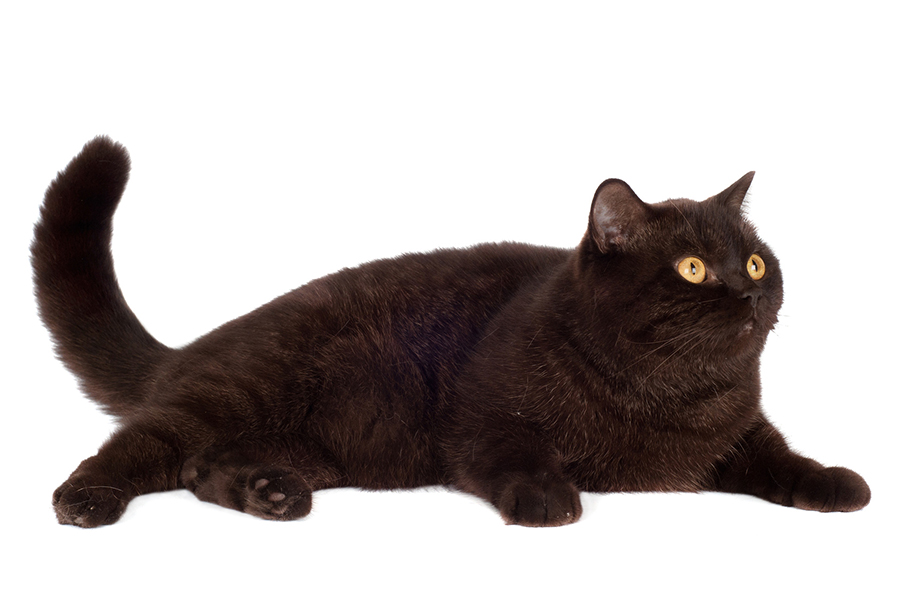Obesity in Cats: Prevention and Management
Cats in the wild typically eat 10 to 20 small meals throughout the day and night, with hours of foraging time each day. Simulating this feeding behaviour for domestic cats provides exercise, and prevents problems associated with lack of problem solving activity. Such stimulation also prevents obesity a major problem associated with abnormal feeding behaviours.
Simulate normal eating behaviour:
- Provide cats with puzzle feeders, interactive toys and food balls that dispense food as the cat rolls it around
- Make homemade puzzle feeders by cutting hoes into a cardboard box or 2 Litre plastic jug so that the cat paws the food out
- Hide food around the house in different places, in and around objects for them to “hunt”
- Toss kibbles and let cats chase after the food, as they would chase prey
- If unable to do multiple feedings each day, feed a minimum of twice daily and try to hide food in creative hiding places
Ask one of our veterinary nurses or vets for advice on the type and amount of food to feed your cat. Recommended food quantities on pet food containers are often overestimated.
We stock a number of prescription diets suitable for weight loss in your cat including Royal Canin Obesity Management.
If treats are used to train or reward behaviour, make sure that the calorie content is part of the total measured daily ration. It’s best to use a portion of the regular diet for treats, if extra titbits are used limit the amount to less than 10% of the total diet. Involve all members of the family so that duplication of rewards does not occur.
If your cat begs, feed the largest meal when you will be present to prevent begging. If your cat wakes you at night to be fed, feed the largest meal prior to bedtime.
Seek veterinary attention if your cat has not eaten in 24 hrs or more.
Our Midland & Drovers Vet Hospitals are both accredited ISFM Cat Friendly Clinics.
The Cat Friendly Clinic programme is an internationally recognised assessment accreditation scheme which is open to any veterinary practice that cares for feline patients. There are certain requirements regarding design, equipment and facilities within the clinic, which must be met to achieve the standard. The clinic must also demonstrate that a high quality of care is provided to cats and that all staff understand cats and their needs in a clinic.
The benefit to the clinic is that not only will the scheme help to improve the clinical care of feline patients but may also increase the number of clients who are actively seeking a cat friendly clinic for their pet.




